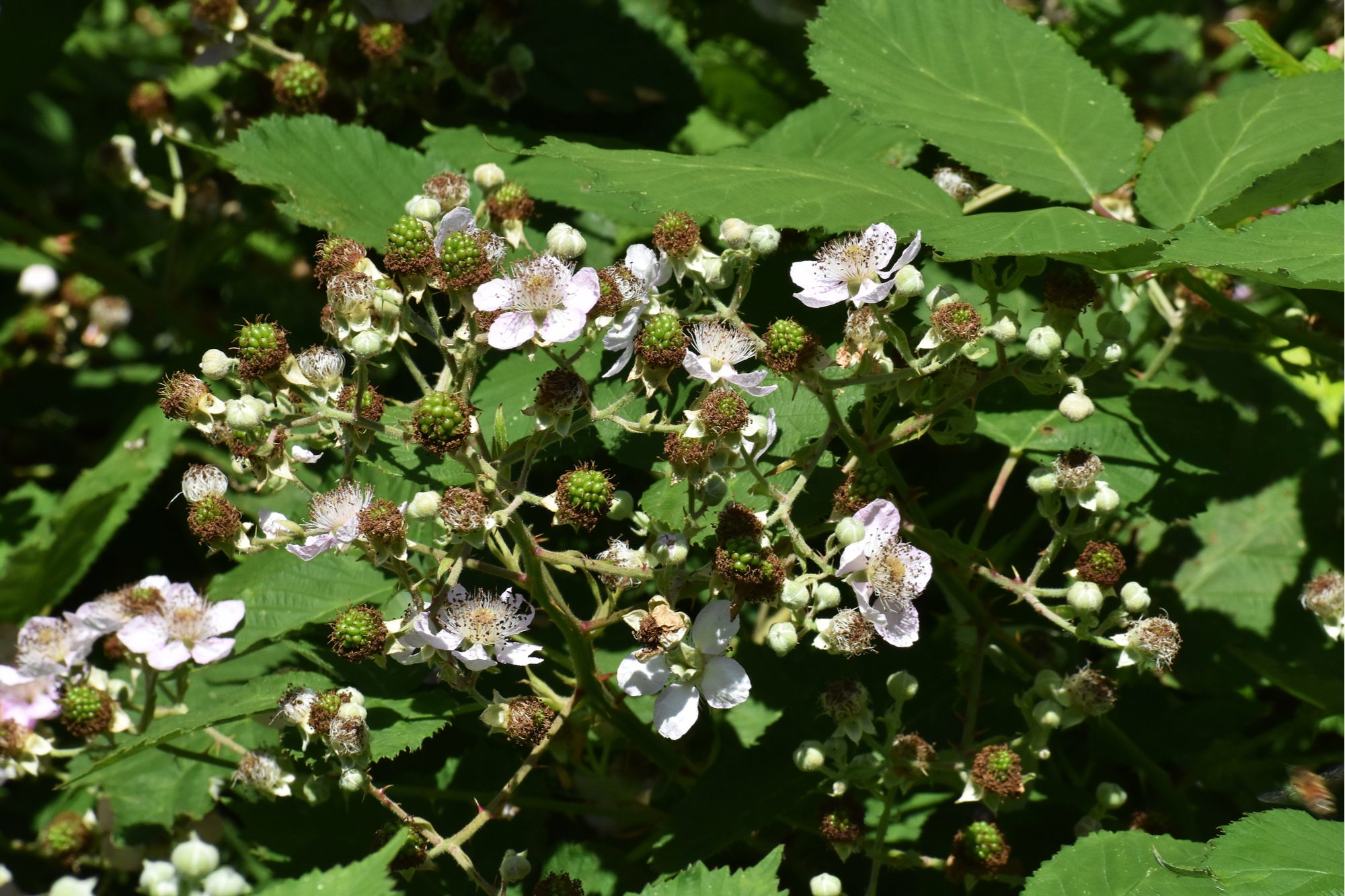
Endangered Species Organisms on the Brink of Extinction


Endangered Species Objectives:
- List and describe the factors that typically put species in danger of extinction.
- Provide examples of strategies used to attempt to save species from extinction.
- Explain what an invasive species and provide examples.

The Florida Panther (Puma concolor couguar) is a distinct population of North American cougars that numbers less than 250 individuals. Inbreeding and loss of genetic diversity in remaining panthers is believed to be depressing fitness (survival and reproduction). A variety of factors has led to the panther’s decline, including habitat loss and car collisions.
This video introduces the factors that typically put species in danger of extinction.
Species may be going extinct before they are ever found. This is a newly discovered species that does not have a scientific name yet. Many other organisms that do not have direct economic value like these potential pets, remain undetected.
A follow-up video showing how the new “Dream” isopod stays close to the Porcellio magnificus.
Possible Solutions
There are a variety of strategies for managing species in decline. This video outlines possible solutions.
Managing endangered species is typically a community endeavor. Landowners, wildlife managers, conservation groups, and local governments attempt to balance priorities. In the Willamette Valley, the endangered Fender’s Blue Butterfly (Aricia icarioides fenderi) touches many people’s lives.

Artists play a critical role in educating the public about endangered species. This is a painting of a close-up view of the Fender’s Blue Butterfly wing.
Invasive Species

Invasive species are moved from their original location, intentionally or unintentionally, to a new location. Without predators or parasites, they may flourish in the right climate conditions. Himalayan blackberry can grow aggressively in our climate, covering and killing many other plant species.
At what point is a species no longer “invasive” or a habitat no longer “disturbed?” We often think in opposing terms of “good” vs. “bad,” but living systems are rarely that simplistic.
Butterfly Bush is a pretty garden shrub that provides nectar for a variety of pollinators, but it is also spreading in the western United States. Should it be sold at nurseries?
Over time, some species become so widespread that people assume that they are native to the region. They may have displaced species that are long gone.
The next section introduces microhabitats, including their importance to organism survival.

Check your knowledge. Can you:
- List and describe the factors that typically put species in danger of extinction?
- Provide examples of strategies used to attempt to save species from extinction?
- Explain what an invasive species and provide examples?



